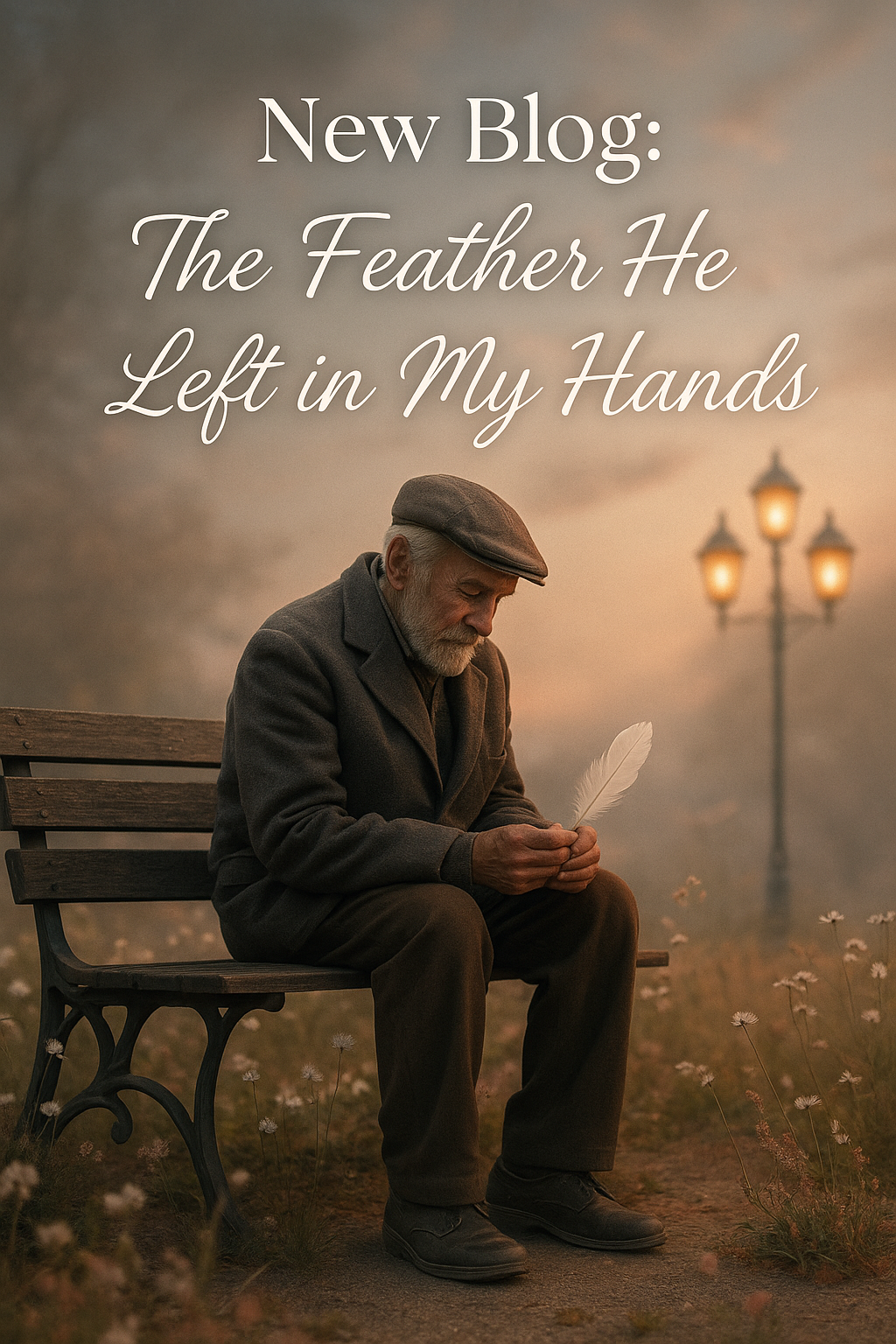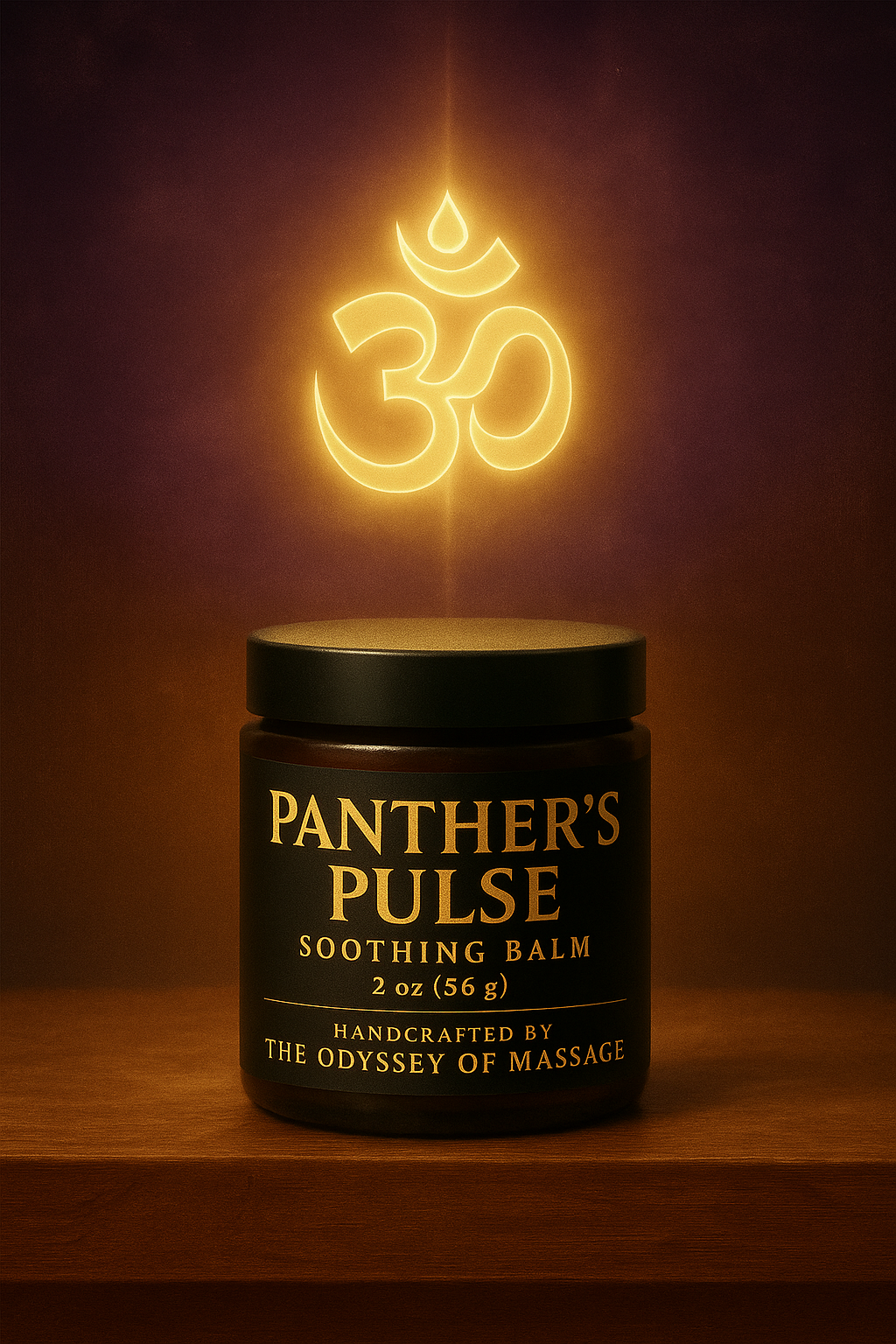In the tapestry of modern healing arts, few names stand as foundational pillars—Mary McMillan is one of them. Known as the Mother of Physical Therapy, McMillan’s influence extended far beyond rehabilitative exercise. She was a visionary who helped formalize the use of manual therapy, including massage, in Western medicine. Her legacy is not only one of science and structure—but also of intuition, compassion, and courage, qualities long embodied by women healers throughout history.
Mary McMillan: Pioneer, Leader, Healer
Born in 1880, Mary McMillan studied in both the United States and Europe, absorbing emerging knowledge in anatomy, movement, and massage. When World War I erupted, she was appointed as one of the few women to serve in the U.S. Army Medical Corps as a reconstruction aide—a precursor to today’s physical therapists. In a time when women were rarely granted leadership roles in medicine, McMillan was at the forefront, developing therapeutic programs that relied on massage, movement, and education.
She didn’t just practice; she organized. In 1921, McMillan founded what is now the American Physical Therapy Association (APTA)—a bold and radical act for a woman at the time. Under her guidance, physical therapy gained legitimacy, and with it, massage therapy was pulled from the shadows of folk practice into medical acceptance.
Massage Therapy: A Tradition Rooted in Women’s Hands
While McMillan is rightly celebrated, it’s important to acknowledge the long lineage of female healers whose intuitive and skilled touch paved the way for massage therapy long before it became institutionalized.
• In ancient China and Egypt, women were midwives and herbalists who used massage for pain relief, emotional balance, and spiritual connection.
• During the Middle Ages, European wise women were known for their knowledge of “soft touch healing”—though many were persecuted or forced underground.
• In African and Indigenous cultures, matriarchs passed down the art of bodywork through oral tradition, using plant oils, rhythmic motion, and ritual.
• In Ayurvedic and Thai traditions, female practitioners tended entire communities through touch—balancing energies, reducing inflammation, and supporting birth and death transitions alike.
These women didn’t have certifications, but they had wisdom—embodied, intuitive, and passed hand to hand.
The Feminine Pulse of Modern Massage
Today’s massage therapy still carries the imprint of feminine wisdom. Whether it’s lymphatic drainage, intuitive energy work, or trauma-informed touch, many of these modalities are steeped in the legacy of women like Mary McMillan—who combined science with soul.
In a world that often values productivity over presence, women in massage therapy continue to model a new paradigm: healing as connection. They remind us that the body holds stories, that pain is layered, and that touch—when offered with skill and intention—can be revolutionary.
Honoring the Lineage
When you lay hands on a client, you join a lineage of women who have been midwives of healing, transformation, and resilience. You carry McMillan’s structured knowledge and the ancient softness of your foremothers.
Massage therapy isn’t just a profession—it’s a remembrance. And thanks to Mary McMillan and the women who came before and after her, it remains a sacred art of care, science, and human connection.












